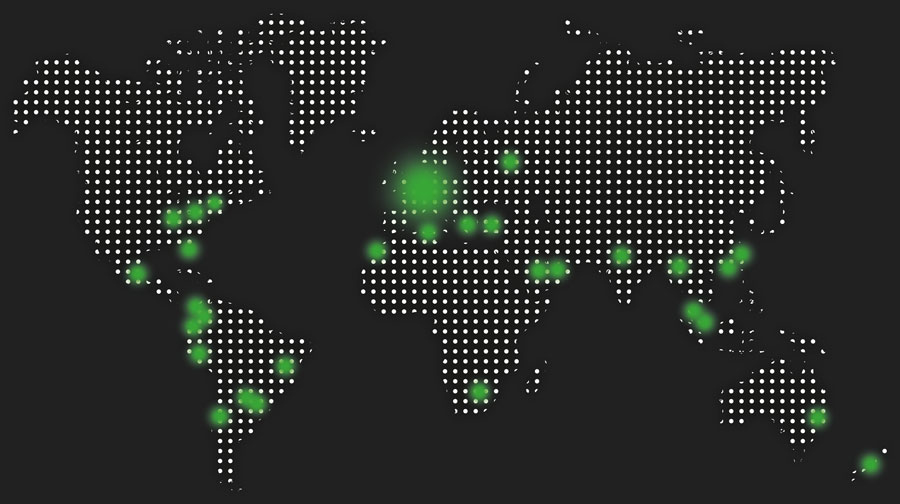About this virtual conference
On March 20, 2024, we hosted a virtual conference focused on navigating insolvencies in the coming year, presented to the Business Development Bank of Canada (BDC). In this insightful session, I had the privilege of interviewing Mr. Maxime Lemerle, the Lead Analyst for Insolvency Research at Allianz-Trade, as we explored the resilience of Canadian entrepreneurs in the aftermath of COVID-19.
Grasping the full scope of insolvency trends demands a global perspective. In a key part of our virtual conference, I asked Maxime Lemerle to place Canada’s insolvency scenario within the global context, aiming to extract lessons and insights that could guide Canadian businesses.
Maxime’s Global Insights
Maxime Lemerle presented Allianz-Trade’s outlook on the global insolvency situation for 2024-2025, painting a picture that resonated with the experience of Canadian firms. He highlighted that while Canada’s challenges are not isolated, they reflect a global trend which can be somewhat comforting; however, it also underscores a dual risk for Canadian enterprises—both in terms of non-payment risks for exporters and supply chain disruptions for importers.
In 2023, as most advanced economies completed a normalization phase, there was a notable quickening in the rate of insolvencies, marking the fastest pace since 2009. This trend was not uniformly distributed; three-quarters of countries saw a significant increase, whereas BRICS nations and Spain, making up 38% of the headline insolvency indicator, were exceptions.
As we stepped into 2024, insolvencies in advanced economies continued to climb above pre-pandemic levels. Notably, the US, Germany, and Italy, though initially exceptions, began to catch up. Maxime projected a further acceleration in global insolvencies throughout 2024, expecting an average increase of 12% year-over-year. Remarkably, the US, Spain, and the Netherlands are anticipated to experience the largest surges.
Looking ahead to 2025, a plateau is anticipated, with the Global Insolvency Index expected to stabilize and most countries showing a downturn as economic conditions and financing landscapes improve. Europe, in particular, may see the most significant decreases, a reflection of both a correction from a post-pandemic surge and a retraction from historical highs.
Conclusion
Maxime’s analysis offers a crucial understanding of the global insolvency landscape, placing Canadian trends within a wider international framework. This broad view helps Canadian firms to prepare for and navigate the complexities of the global market, adapting to the risks and challenges that lie ahead. As businesses continue to recover and recalibrate strategies post-pandemic, staying informed on global trends will be vital for maintaining resilience and competitive edge.
About this series
This insightful session is part of our ongoing commitment to providing valuable perspectives that can help entrepreneurs and business leaders strategize for the future. For those who missed the earlier sessions, we invite you to review the conference materials available on our website for a comprehensive understanding of this evolving landscape.
For further details
For those looking for further details or who have additional questions, Jocelyn St-Onge from Allianz-Trade Canada and I, Roch Simard, are readily available as resources to assist you.
We extend our gratitude to Maxime Lemerle for his expert analysis, to Véronik Ménard and her team at the BDC for facilitating this important discussion, and to all the participants who joined us for this conference. It’s through these collaborative efforts that we can equip ourselves with the knowledge and tools needed to thrive in the evolving business landscape of 2024 and beyond.




